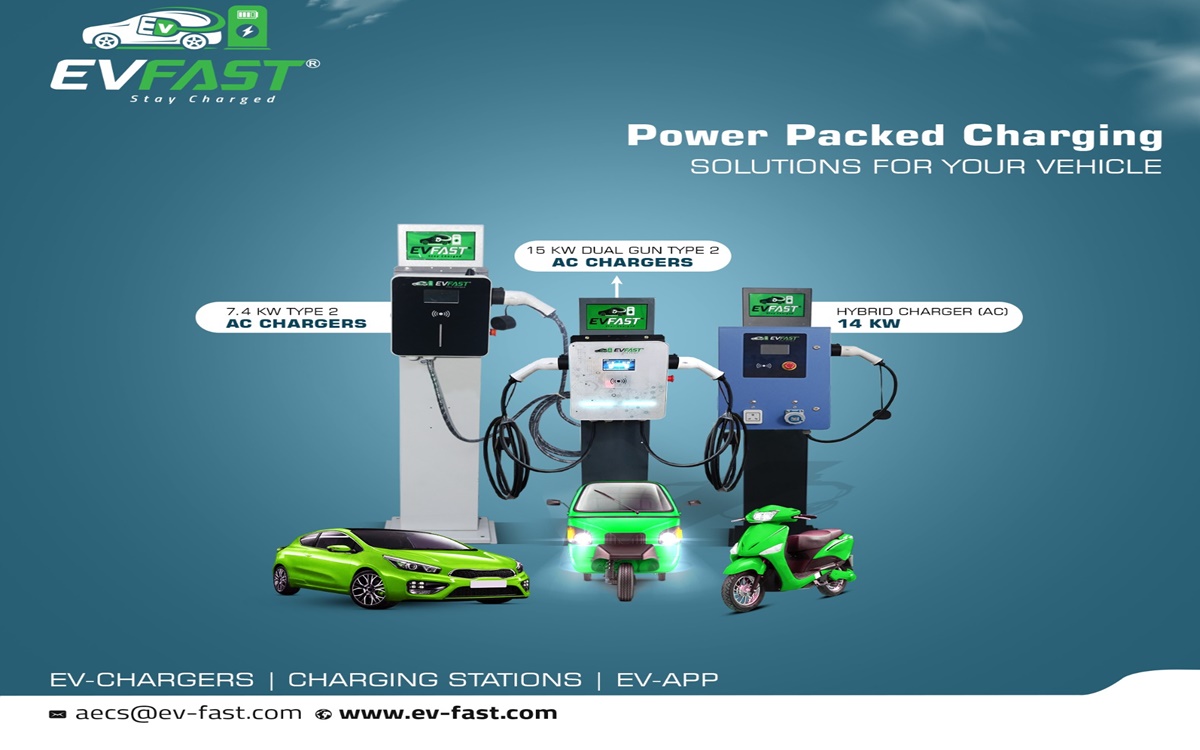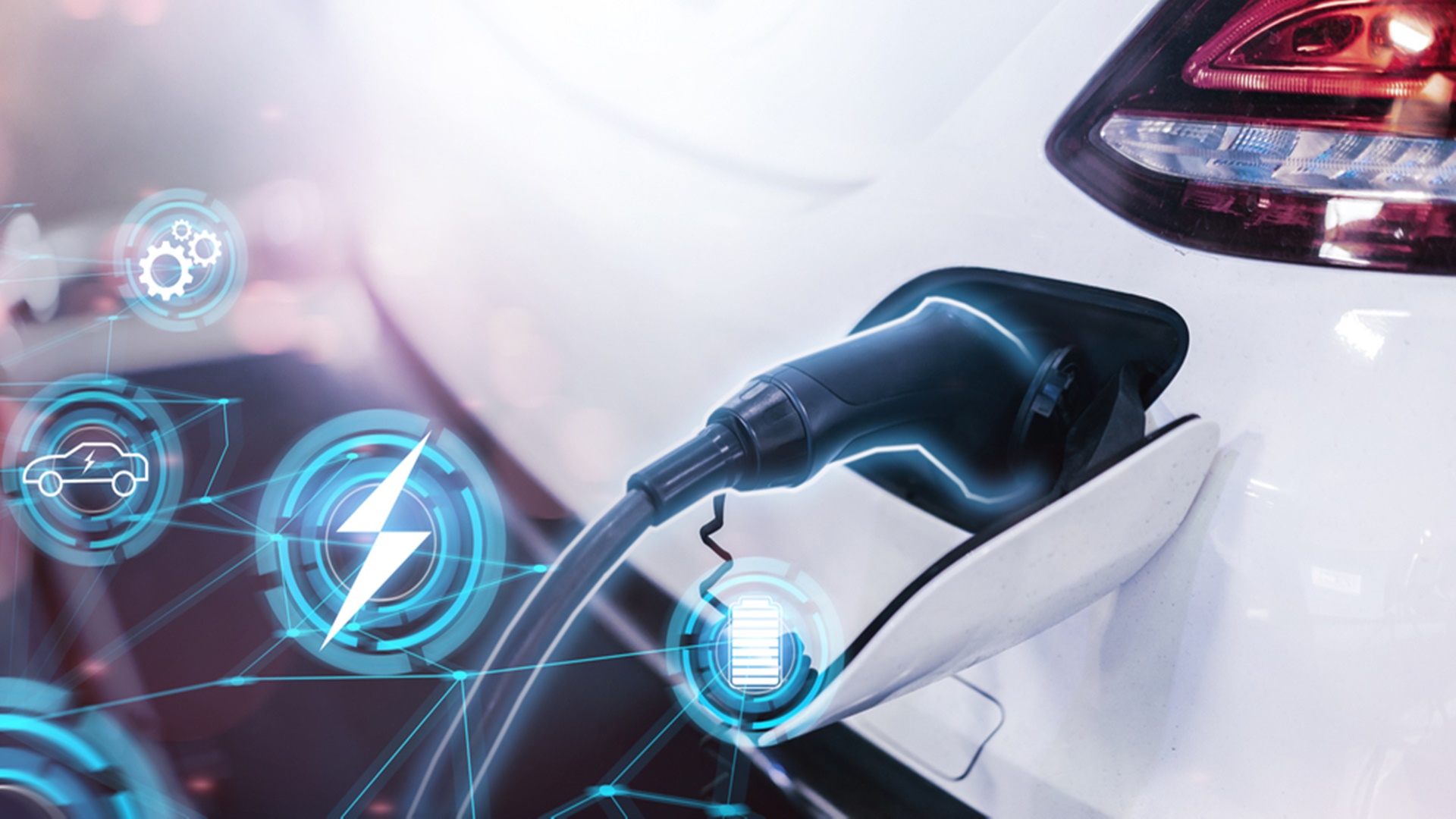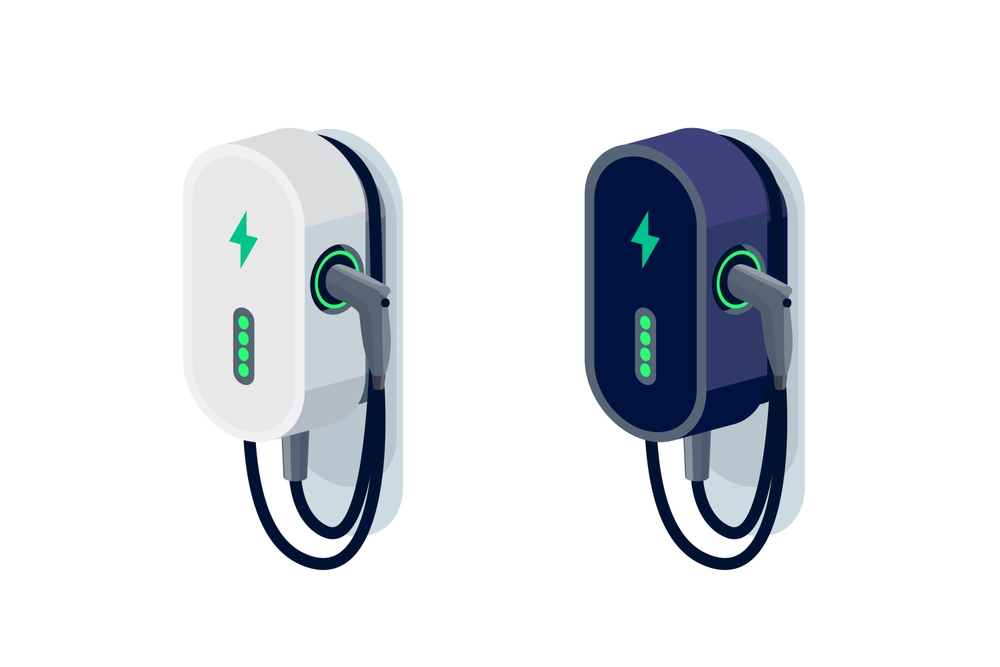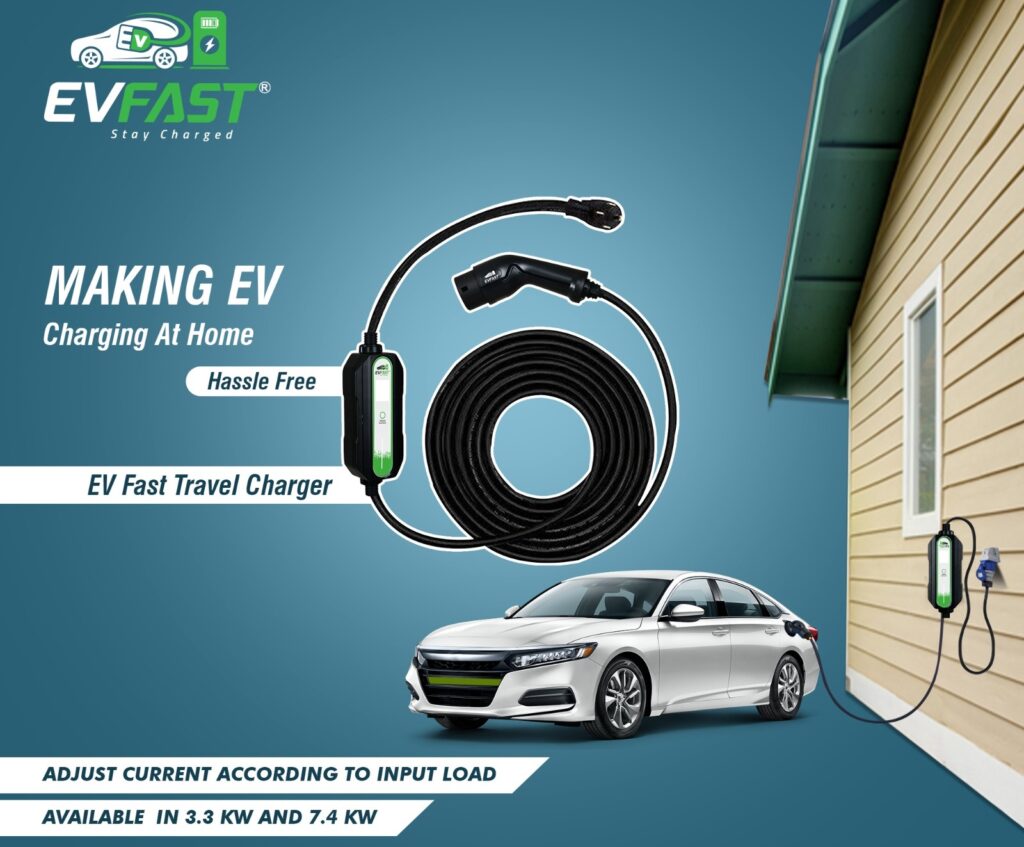Owning the Best EV Charger is essential whether you are a regular user of electronic vehicles or a first time buyer. EVs have gained rapid popularity in recent years. By most standards, using an electric vehicle is far more environmentally friendly than operating a gas powered vehicle. When fossil fuels are used, they release a lot of carbon dioxide, which traps heat in the atmosphere and causes climate change. EVs are a sustainable energy use solution.
EV charging stations that are properly maintained are becoming more and more important as EVs gain popularity. However, more and more users are also opting for home charging mechanisms for better convenience. You can surely use the public charging stations but is recommended to use the same charger and connection your vehicle is accustomed to.
With the electric vehicle revolution well underway, it is essential to maintain these charging stations (whether home or commercial) regularly to guarantee their security and dependability.
Maintenance Guide
As with most electronic products, taking good care of an EV Charger will help you avoid having to replace it. Let’s see how.
Fixing malfunctions immediately
If a component malfunctions or breaks, the manufacturer may provide replacements or repairs (particularly if the charger is still covered by warranty). Additionally, there is a developing sector dedicated to servicing and fixing EV Chargers, and many do-it-yourselfers provide free video tutorials video.
Maintaining cleanliness
Even if you purchase the charger with the longest warranty and highest efficiency from the Best EV Charger brand, a bit of routine cleanliness would only add to the assurance of longevity and performance. By wiping off any excess dust and moisture that accumulates on its exterior surfaces you can ensure that there will be no degradation to the metal and plastic material over time.
Temperature check
Extreme temperature conditions are not ideal for any connection or appliances. It is recommended not to install your charger at locations exposed to such extremes.
Safety check
Occasional visual safety checks such as inspection of the cable, connection and power supply are enough.
The first step towards a long lasting and efficiently performing EV Charger is choosing the right product from the right brand. EV Fast is one such reputed brand highly favoured by regular EV users. EV Charger from EV Fast is an investment worth the benefits. Apart from exceptional durability and reliable performance, chargers from EV Fast come with premium features like longer power cords, multiple installation options, weatherproof exterior for outdoor installation, etc. Make a wise choice for a trouble free experience!







